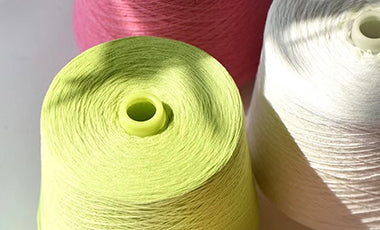Understanding S Count, Micron, and Why It Matters
When it comes to spinning or selecting the perfect yarn for a project, wool grade plays a vital role. But what do all those numbers mean—like 64s or 80s? In this article, we’ll break down the mystery of S count, micron, and fiber grade, and how they affect softness, durability, and intended use.
🧶 What Is Wool Grade?
Wool grade refers to the fineness of the fiber, usually expressed in two systems:
-
S Count: Originally a spinning count from the Bradford system, indicating how many hanks of yarn can be spun from a pound of wool.
-
Micron: A modern measurement of the diameter of a single fiber in micrometers (µm). The smaller the micron, the finer and softer the wool.
Both systems are used together to describe the quality and softness of wool—especially Merino, known for its luxurious feel.
📊 Wool Grade Conversion Table
| S Count | Approx. Micron | Description | Common Use |
|---|---|---|---|
60s |
~21.5 µm |
Medium Fine Merino |
Sweaters, general knitting |
64s |
~21 µm |
Fine Merino |
Soft garments |
70s |
~18.5–19 µm |
Very Fine Merino |
Baby items, next-to-skin wear |
80s |
~17 µm |
Superfine Merino |
Luxury wear, scarves |
90s+ |
<16 µm |
Ultrafine |
High-fashion textiles |
🔍 How to Choose the Right Wool Grade
-
60s–64s (21–21.5 µm): Durable and versatile. Great for sweaters, hats, and mid-weight projects.
-
70s (18.5–19 µm): Softer and skin-friendly. Ideal for baby garments, scarves, and items worn close to the skin.
-
80s and above (<17 µm): Extremely soft and luxurious. Best used for fine accessories and fashion items.





